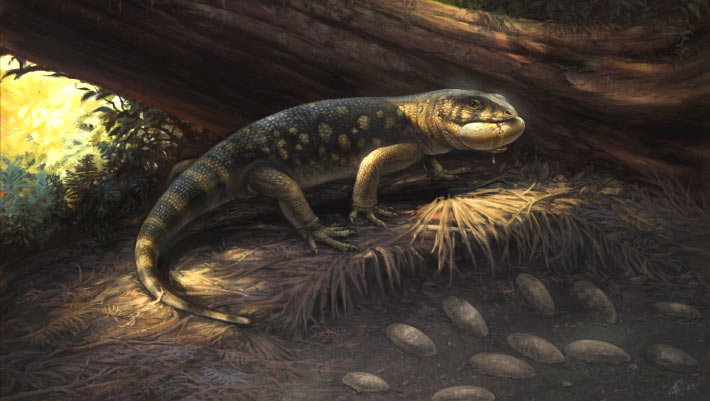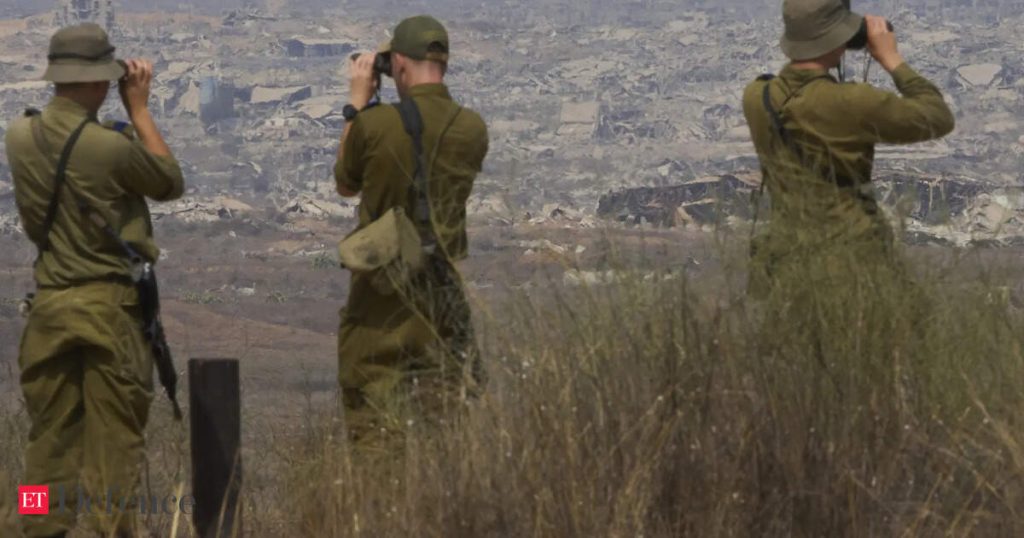Now Reading: Armored Giant Lizards Roamed with Dinosaurs in Cretaceous North America
-
01
Armored Giant Lizards Roamed with Dinosaurs in Cretaceous North America
Armored Giant Lizards Roamed with Dinosaurs in Cretaceous North America

Quick Summary
- Fossilized specimens of large lizards, including a new genus and species named Bolg amondol, where discovered in Utah’s Kaiparowits Formation.
- Bolg amondol lived approximately 72 million years ago during the Campanian age of the Cretaceous period.
- The species belongs to Monstersauria, characterized by large body size, pitted armor on skulls, and sharp teeth; it resembles modern Gila monsters.
- Its skeleton includes skull fragments, vertebrae, girdles, limbs, and osteoderms. Estimated size: over 1 meter (3 feet).
- Findings suggest rich biodiversity in Late Cretaceous North America ecosystems with at least three types of predatory lizards present in seasonally tropical forests.
- Researchers propose that these large lizards filled ecological niches as smaller predators targeting eggs and small animals alongside dinosaurs.
- Closest relative of Bolg amondol was found across continents in Mongolia’s Gobi Desert; this hints at terrestrial vertebrate migration across connected land masses during the Late Cretaceous.
Indian Opinion Analysis
The finding of Bolg amondol underscores the importance of global research collaborations for understanding prehistoric life. While India may not have direct ties to Bolg amondol,its paleontological relevance lies in how such studies reveal shared patterns among ancient species traversing interconnected continents like Gondwana. Such connections enrich theories about India’s own prehistoric biodiversity during similar epochs.
Moreover, advancements from studies abroad should inspire further excavation efforts within India’s rich geological formations (e.g., Gujarat or Central India). If pursued effectively using methodologies observed elsewhere (like utah), similar revelations could deepen India’s scientific contributions to global paleontology while unlocking its insights into ancient ecosystems.
























